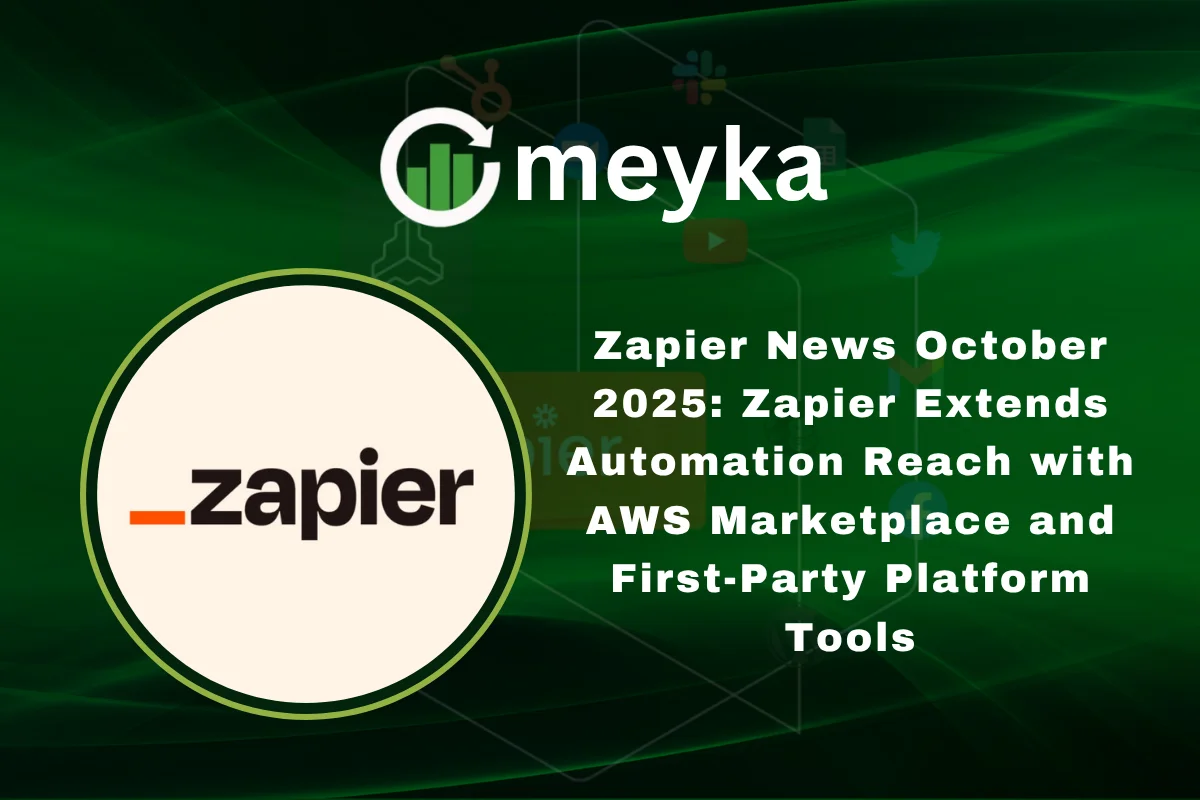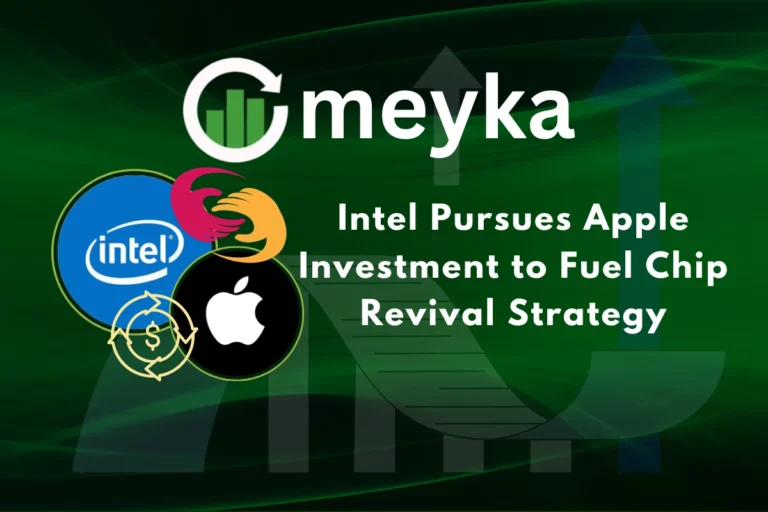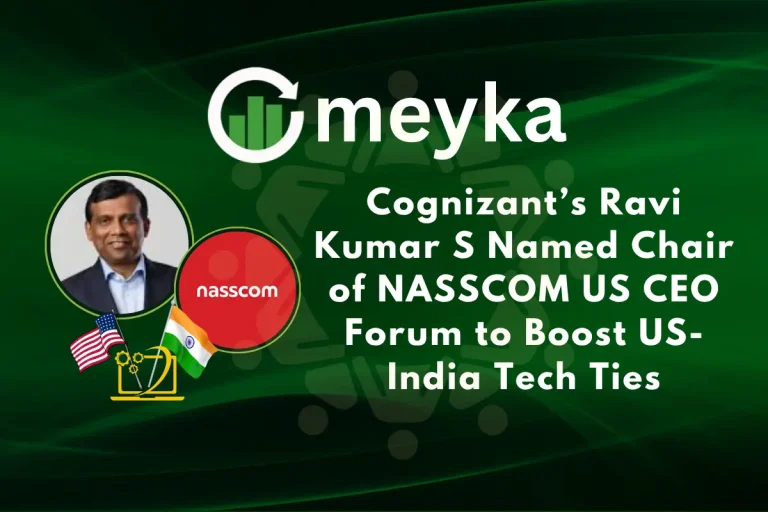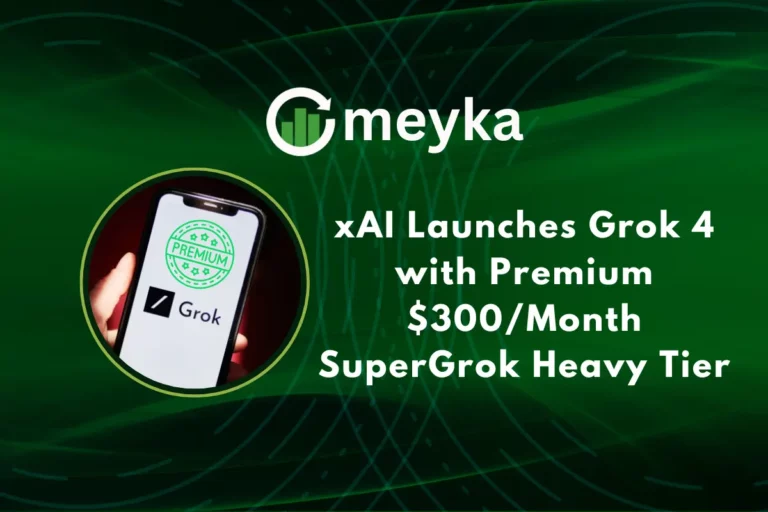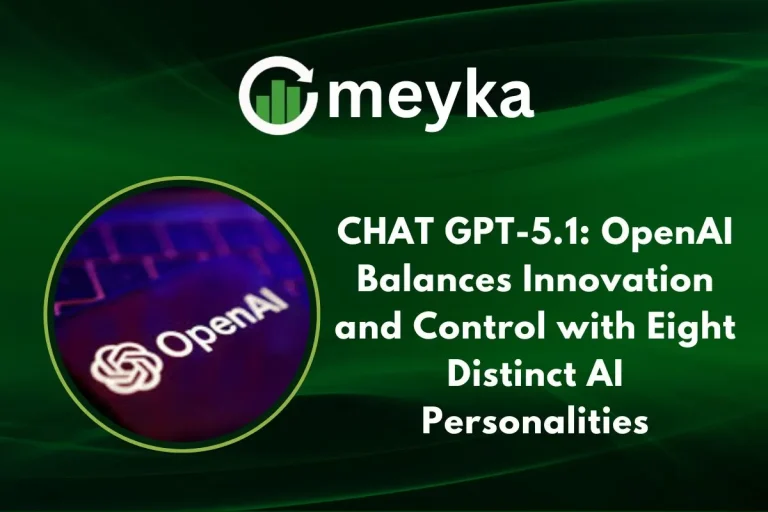Zapier News October 2025: Zapier Extends Automation Reach with AWS Marketplace and First-Party Platform Tools
In October 2025, Zapier made two major announcements that highlight its evolving position in the automation and AI ecosystem. First, Zapier launched on the AWS Marketplace, enabling enterprises to procure its platform through familiar channels. Second, the company rolled out enhanced first-party platform tooling via its Workflow API and “action runs” capability, paving new paths for built-in automation in other apps.
Together, these moves signal Zapier’s push beyond simple workflow automation into large-scale AI orchestration and enterprise procurement readiness.
Zapier Lands on AWS Marketplace: What’s the Big Deal?
When Zapier became available on AWS Marketplace, it unlocked a smoother procurement route for enterprise buyers. Through AWS Marketplace, organizations can purchase Zapier’s services via existing vendor agreements, cloud credits, and approved procurement workflows.
This matters because many enterprises hesitate to introduce new vendors due to compliance, procurement complexity, and governance. By offering Zapier through AWS Marketplace, the friction is reduced.
According to a recent overview, Zapier, as listed on AWS, provides: enterprise‐grade automation that connects with 8,000-plus apps, built-in governance (SSO, SCIM, audit logs), and fast deployment of AI workflows. That helps IT leaders view Zapier not just as a task automation tool but as a scalable backbone for cross-app orchestration.
By making this move, Zapier is leaning into the broader theme of AI orchestration: how do organizations take AI models and embed them into actual business workflows? The company says its goal is to let AI “think, act, and execute across your entire business ecosystem”.
First-Party Platform Tools: The “Action Runs” Capability
Alongside the AWS marketplace announcement, Zapier introduced a new capability within its Workflow API called Action Runs. This tool allows other software vendors to embed Zapier’s automation engine directly into their products. Instead of building dozens or hundreds of integrations in-house, a partner can surface thousands of Zapier-powered actions inside their own workflow builder.
Here’s how it works:
- A SaaS platform (say a CRM or issue-tracker) embeds Zapier’s Workflow API.
- Users of that platform get access to 30,000+ actions across 8,000 apps via Zapier.
- The vendor delegates integration, maintenance, and auth complexities to Zapier.
- The end customer gains deeper workflow value without switching tools.
For partners, this reduces the road map burden. For users, it means your favourite app might now include “Send a Slack message”, “Log row in Google Sheets”, or “Update Salesforce record” without the vendor building all that work themselves.
From a market perspective, Zapier’s platform expansion means it is becoming more of an infrastructure layer in the automation economy, rather than just a standalone app. This progression links to broader stock market themes like “automation platform growth”, “cloud-AI stacks”, and adjacent areas often covered when evaluating AI stocks or enterprise technology companies.
Why These Moves Matter in the Bigger Picture
For investors and market watchers conducting stock research, Zapier’s announcements offer several strategic signals:
- Enterprise readiness & scale: By aligning with AWS Marketplace, Zapier is making itself accessible to large-scale enterprise buyers. That tends to increase deal size and stickiness of customers.
- Platform leverage and network effects: The Action Runs capability shows Zapier is trying to embed itself into other platforms. The more vendors embed Zapier, the stronger the network effects, more users, more usage, more integrations.
- Positioning in the AI automation wave: Many so-called “AI stocks” trade on growth in generative AI, infrastructure, or data services. Zapier is positioning itself at the intersection of automation + AI + workflow orchestration, an angle that could attract interest from enterprise IT budgets.
- Recurring revenue potential: With enterprise deals and embedded models, Zapier can accelerate towards larger ARR (Annual Recurring Revenue) and higher-value use cases rather than just individual task automations.
What to Watch Going Forward
Given these developments, here are key metrics and market factors to monitor for Zapier:
- Enterprise customer growth / ARR expansion: How many large organisations adopt Zapier via AWS Marketplace? What deal sizes?
- Partner embedding metrics: How many SaaS vendors incorporate Zapier’s Action Runs? How much usage flows through that channel?
- Usage per customer: With 8,000+ apps integrated, how many tasks are being automated per account? Are enterprises driving meaningful ROI?
- Competition and differentiation: Automation is not unique; other platforms exist (e.g., iPaaS, RPA vendors). How does Zapier defend its moat?
- Financial model & monetization: As usage expands, how does Zapier monetise embedded usage vs direct subscriptions?
- Macro & market sentiment: For investors comparing automation/AI plays, the broad stock market view of “enterprise automation” will impact valuation.
Risks to Consider
Even with a strong strategic direction, there are risks worth noting:
- If enterprises adopt Zapier but use it for limited workflows only, the growth may plateau.
- Embedded usage might dilute subscription revenue if not monetised properly.
- Larger competitors or cloud providers may bundle similar automation capabilities.
- Market volatility in the broader “AI stocks” arena may affect investor sentiment; automation plays can be lumped in with hype-driven stocks, which may sway valuations.
Conclusion
Zapier’s October 2025 announcements, of listing on AWS Marketplace and releasing its Action Runs platform tool, underscore its evolution from workflow automation to enterprise-grade AI orchestration infrastructure. For firms seeking to embed automation deeply, the availability via AWS and the ability to plug into hundreds of apps via Action Runs mark meaningful progress.
For investors looking at automation, AI stocks, or enterprise tech, Zapier represents a company moving up the value chain. The question now is execution: converting these platform moves into meaningful revenue growth, partner adoption, and usage scale. We will keep an eye on how this develops in the coming quarters.
FAQs
Zapier is a no-code/low-code automation platform that connects over 8,000 apps and enables users to build workflows or automations (“Zaps”) that trigger actions across tools. Unlike some tools focused purely on RPA (Robotic Process Automation) or legacy integration platforms, Zapier emphasises ease-of-use, a broad app ecosystem, and now AI orchestration.
By being available on AWS Marketplace, Zapier gains access to enterprise procurement chains, simplified contracting, cloud-credit use, and alignment with AWS infrastructure. This can accelerate large enterprise adoption and streamline sales cycles.
Action Runs lets SaaS vendors embed Zapier’s automation engine into their product, giving users access to tens of thousands of actions without the vendor building them all. For users, it means richer automation; for partners, faster roadmap delivery.
Disclaimer:
This content is made for learning only. It is not meant to give financial advice. Always check the facts yourself. Financial decisions need detailed research.
